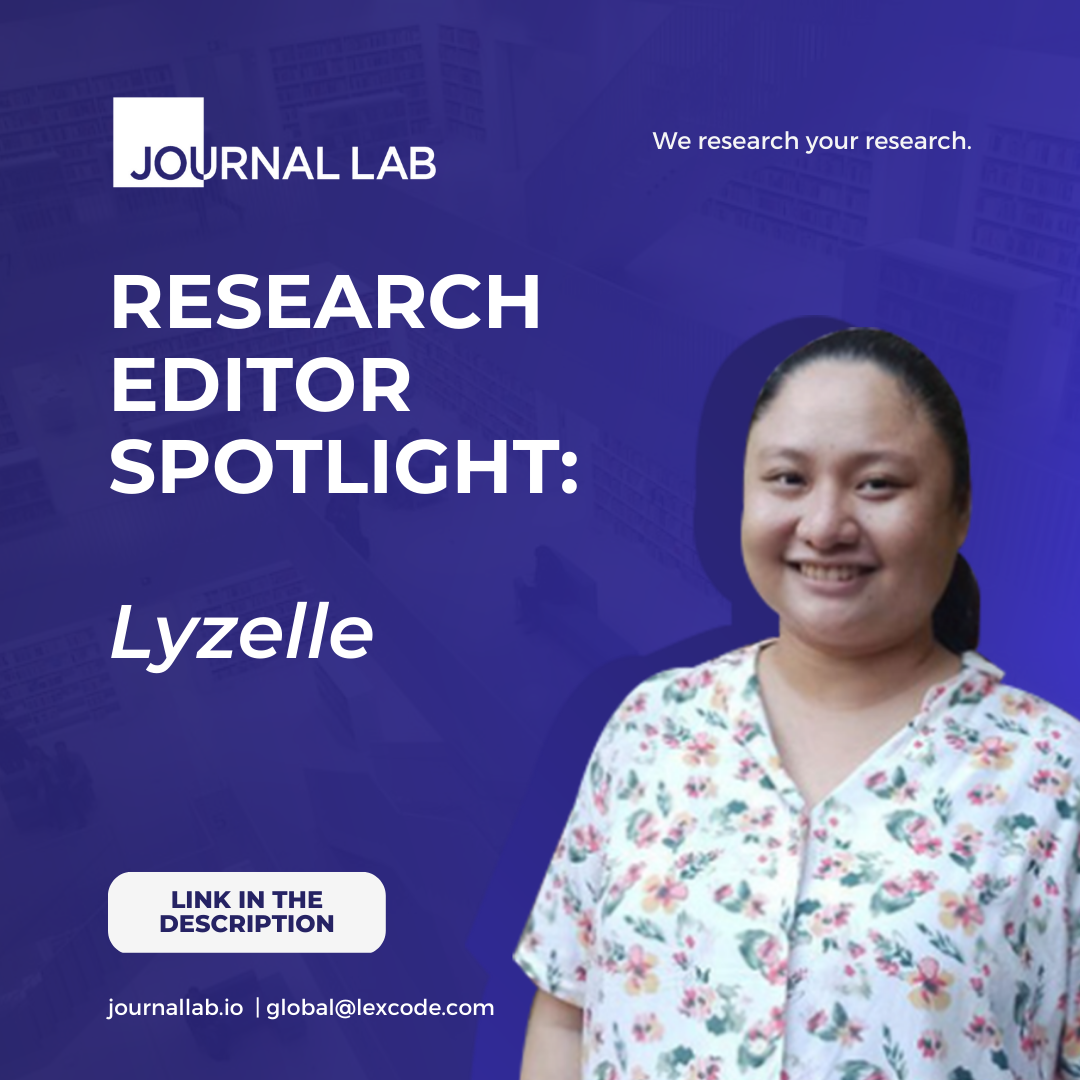
Now that you’ve finished your manuscript, it’s time to go to the next stage: publication in international journals. Institutions and funders normally expect authors to publish their research in more global academic journals. Thus, this can already be routine for some authors—something that they always had at the back of their minds even in the study’s inception stage. However, if this is your first time considering this, it may appear a daunting prospect. Good thing there are a few things you can do to heighten your chances of receiving global recognition.
1. Familiarize yourself with the language of the journal
Once you’ve chosen the journal you wish to submit to, it’s best to skim a few of their recently published articles. Analyze how they write their research—from structuring the abstract to laying out the results.

Figure 1 Journal of Textile Institute abstract

Figure 2 Quintessence International abstract
Looking at the abstracts in Figures 1 and 2, you can already see the major differences. Figure 1 follows an unstructured abstract format, while Figure 2 follows a structured one. Another subtle yet important difference is the use of the first-person perspective with “we” in the first journal, while the second journal uses a more formal point of view.

Figure 3 The BMJ mixed spelling variant

Figure 4 Journal of British Studies American spelling variant
In Figures 3 and 4, you will see that each journal has its preference or strict instructions, even in terms of the English variant. For example, The BMJ allows a mix of British and American English, while the Journal of British Studies uses ONLY American English. These are seemingly insignificant yet important points to consider.
2. Make sure all elements are localized
Researchers sometimes disregard the level of understanding a different, wider readership has once their manuscript gets published in an international journal. If your paper was originally written in a different language, all its parts should be translated. This includes all sections of your paper, including figures and tables, which are often overlooked.

Figure 5 Taiwan Journal of Ophthalmology translated figure part 1

Figure 6 Taiwan Journal of Ophthalmology translated figure part 2
Some elements in figures, like in Figures 5 and 6, are small and tend to be ignored in the translation process. Even the numbers should sometimes be treated very differently if translated from a different language.
Aside from ensuring everything gets translated, it’s imperative to make sure everything gets translated accurately. In Korean, for example, there are “Konglish” words (Korean version of English words; Korean + English) that could find themselves included in your manuscript.
| Korean | Literal Translation | Correct English Translation |
| 퓨전 | Fusion | Intercultural |
| 컴퓨터 게임 | Computer Game | Video Game |
| 컨디션 | Condition | Health (status) |
| 핸드폰 | Hand phone | Cell phone |
| SNS | Social networking service | Social media |
Table 1 Konglish terms and their translation
Having these Korean terminologies translated literally without consideration for natural tone can cause extreme misunderstandings of your content (Table 1). Please know that each language has its own nuances, idiosyncrasies, and peculiarities that would make word-for-word translations awkward and unclear. Therefore, it may be best to contact a professional translation company with the expertise you need.
3. Make sure there are no grammatical, spelling, or punctuation mistakes
It’s crucial to make a good first impression, and with your research as sound as it is, you wouldn’t want your paper to get desk rejected or completely ignored because of troublesome grammatical errors that could be easily avoided. According to Lunsford and Lunsford (2008), next to missing words or translation accuracy, errors in comma use, pronoun reference, and spelling, as well as faulty sentence structure, make up some of the top 10 common errors in student papers.
| Incorrect Sentence | Reason | Correct Sentence |
| Researchers report no bodily damage caused by the new medication. Although it did cause convulsions in some subjects. | The second sentence is a fragment. | Researchers report no bodily damage caused by the new medication, although it did cause convulsions in some subjects. |
| When writing a research paper, the article should be short and succinct. | The second part of the sentence is a misplaced modifier. | When writing a research paper, you should make sure the article is short and succinct. |
| The research aims to identify the appropriate subject area, the subject participants, and compile the findings. | The second item in the list does not have an appropriate verb. | The research aims to identify the appropriate subject area, survey the subject participants, and compile the findings. |
| When it comes to research people should pay more attention to credible sources. | “When it comes to research” is an introductory clause and, therefore, should have a comma afterward. | When it comes to research, people should pay more attention to credible sources. |
Table 2 Sample incorrect sentences and their revision
Simple objective errors like in Table 2 are usually perceived as a reflection of authors’ low-quality work or negligent attitude toward their whole manuscript. Make sure your hard work is not marred like this! Use spell-checking and grammar checking tools, refer to dictionaries, and check other references.
4. Have all bases covered and leave no room for error
Aside from checking the novelty, value, and correctness of your research, make sure you follow all other instructions of the journal you’re submitting to. Check for templates, specific instructions for authors, format and required documents, and so on before hitting that “Submit” button.

Figure 7 Nature formatting guidelines
Figure 7 shows a typical set of instructions from a journal. Almost all journals should have their own instructions, with some more detailed than others. Make sure you give each section a read, especially if you want to avoid unnecessary back and forth with the journal if and when they get to review your manuscript.
Journal Lab is aware that authors don’t have the luxury of time, and we recognize that authors can make better use of this time by focusing on the actual writing of their manuscripts. Thus, we offer reliable, zero-friction author assistance services, encompassing various editorial skills—fact-checking, proofreading, copyediting, and ensuring academic tone.
As someone who wants to reach a wider readership, going the extra mile is necessary. Put your best foot forward by following the mentioned steps, and all the best with your research!
References
Bauer CAJ, Lux CJ, Hodecker LD. Orthodontic extrusion in the digital age: A technical note. Quintessence Int. 2022;53(5):394–402. doi: 10.3290/j.qi.b2644869.
Furino C, Niro A, Sborgia L, et al. Visual functional changes after ocriplasmin injection for vitreomacular traction: A microperimetric analysis. Taiwan J Ophthalmol 2021;11(3):259–265, doi: 10.4103/tjo.tjo_57_20
Lunsford AA, Lunsford KJ. “Mistakes are a fact of life”: A national comparative study. CCC 2008;59(4):781–806.
Sinha P, Dissanayke DGK, Abeysooriya RP, et al. Addressing post-consumer textile waste in developing economies, J Text Inst 2021, doi: 10.1080/00405000.2021.1954428


